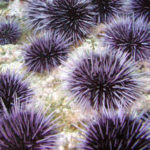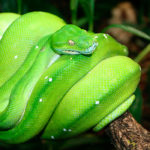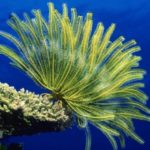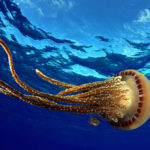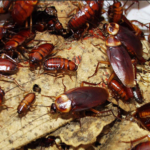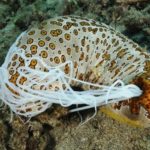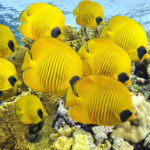10 interesting facts about echinoderms
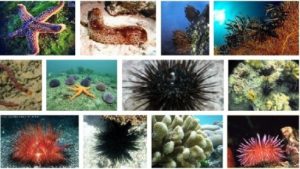 Clams belonging to the echinoderms often look absolutely fantastic. Looking at them, you involuntarily wonder why nature created such bizarre creatures? But zoologists know for sure that nature does nothing for nothing. Which, however, does not negate the fact that the appearance of echinoderms really involuntarily suggests thoughts of their alien origin.
Clams belonging to the echinoderms often look absolutely fantastic. Looking at them, you involuntarily wonder why nature created such bizarre creatures? But zoologists know for sure that nature does nothing for nothing. Which, however, does not negate the fact that the appearance of echinoderms really involuntarily suggests thoughts of their alien origin.
Some of their species attach to one place, and practically do not move, while others in their usual aquatic environment are quite mobile.
The echinoderms of some species have developed an amazing hunting mechanism – when they find a victim, they throw their stomach out, enveloping it and digesting it.
The distribution area of echinoderms is huge. They live both in shallow water and at a depth of many kilometers, where sunlight never gets.
The needles of some species of echinoderm mollusks are mobile, and they direct them towards a potential threat in order to protect themselves.
Many of them are capable of regeneration. So, a starfish (and starfish are also echinoderms) can grow a new ray if it is injured and loses the old one.
Echinoderms have existed on our planet since time immemorial. Judging by paleontological findings, their first species appeared about 500 million years ago, plus or minus. In any case, they are much older than any dinosaurs that have ever stomped the continents of the Earth or sailed in its oceans.
The smallest representatives of echinoderms have a length (or diameter) of the order of two to three millimeters.
Millions of years ago in the oceans and oceans lived their gigantic representatives, having a body length of up to twenty meters.
All species of echinoderm mollusks lead a bottom lifestyle. And at the bottom, they are often hunted by other marine inhabitants, for example, stingrays.
In past eras, there were approximately 13 thousand more echinoderms than now. About 7 thousand of their species live on Earth at the same time with us.

